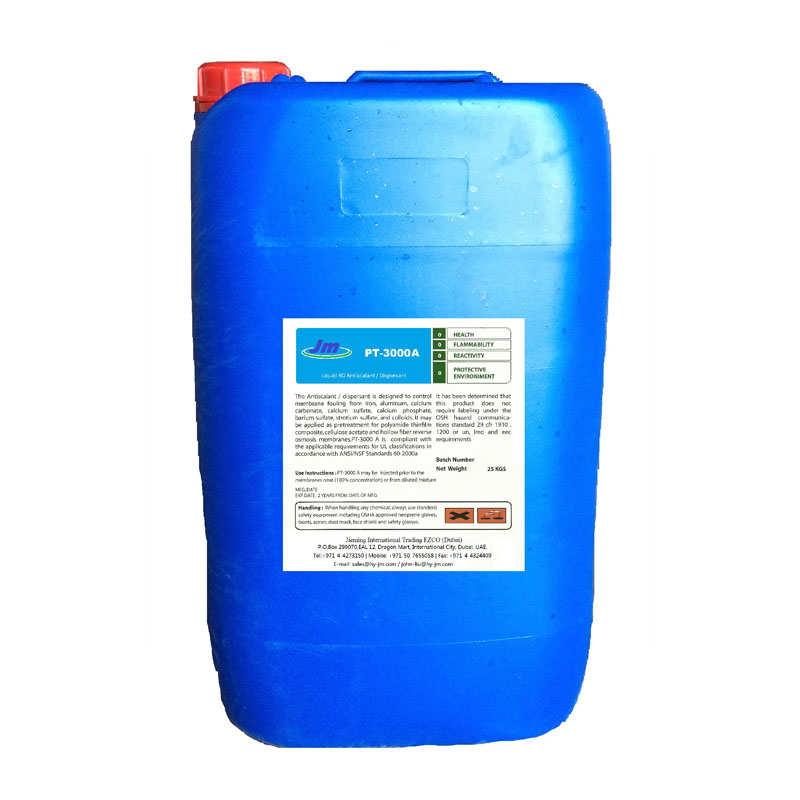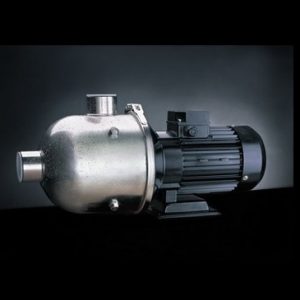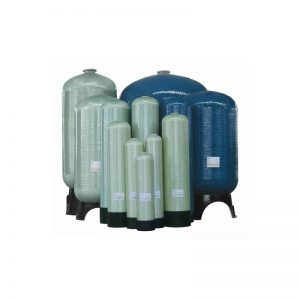Description
Information on Hazardous Ingredients
Non-Hazardous Ingredients
CAS #: 52255-49-9
Hazards Identification
Health Hazards:
Primary Route of Exposure: Skin contact, eye contact, and inhalation
Inhalation: Exposure to spray may cause irritation to the mucous membranes and respiratory system.
Skin Contact: Exposure to skin can cause irritation. Eye Contact: Material can cause irritation to eyes. Ingestion: Material is not harmful if accidentally ingested.
Medical Conditions Aggravated by Exposure: None known
TLV (Threshold Limit Value): N/A, no danger exists.
First Aid Measures
First Aid For Ingestion: If swallowed give 2 glasses of water to drink. Seek medical attention immediately. Never give anything by mouth to an unconscious person.
First Aid Inhalation: Remove to Fresh Air. In case of shortness of breath call a physician immediately.
First Aid Eye Contact: Immediately flush eyes with plenty of water for at least 15 minutes. Seek medical attention immediately.
First Aid Skin Contact: Wash exposed area with soap and water immediately. Remove and wash contaminated clothing.
Fire Fighting Measures
Auto ignition Temperature: N/A
Flammable Limits: LEL (Lower Explosive Limits) – Not Applicable Flammable Limits: UEL (Upper Explosive Limits) – Not Applicable Flash Point: Not Applicable
Fire Fighting Media: Use media appropriate to primary cause of fire. Special Fire Fighting Procedures: None Known
Fire/Explosion Hazards: None known
Special Procedures: Use water spray to cool containers exposed to fire. Minimize exposure. Do not breathe fumes. Contain run-off.
Accidental Release Measures
Spill/Leak Clean-up Procedures: if possible neutralize with alkaline soap.
Land Spill: Wearing recommended protective clothing and equipment, dike spill with soil, sand, or compatible commercial absorbent. Remove remaining liquid with a pump, vacuum truck, or absorb liquid in sand or commercial absorbent. Place waste in approved containers for disposal. Dispose waste according to local regulations.
Water Spill: Wear protective clothing and equipment. Stop flow. Dike contaminated water and remove for disposal and/or treatment. Notify proper Authorities and all downstream users if possible. Dispose of with Solid Waste according to Federal, State, and Local Regulations. **CAUTION: Floor will be Slippery.
Personal Protection: Wear a NIOSH approved (or equivalent) respirator (with an organic/acid gas cartridge and a dust filter) during spill clean-up and deactivation of the material. Protective clothing including chemical splash goggles, Latex, nitrile, or buytl rubber full-length gloves, rubber apron made of nitrile or buytl rubber, and rubber overshoes must be worn during spill clean-ups and deactivation of material. If this material comes into contact with the skin during clean-up operations, immediately remove all contaminated clothing and wash exposed skin areas with soap and water. See Section 4, First Aid Measures, for further information.
Handling and Storage
Precautionary Measures:
Avoid Breathing Spray. See Section 8, Exposure Control/Personal Protection, prior to handling.
Storage Conditions:
The maximum storage temperature for this material is 55°C/131°F. The minimum storage temperature for this material is 0°C/32°F. Store in a well-ventilated area. Do not store this
material in containers made of steel.
Exposure Control/Personal Protection
Ventilation: Use local exhaust ventilation at the point of dust or mist evolution
Respiratory Protection: Dust masks where spraying cannot be avoided.
Eye Protection: Safety glasses, splash goggles, and/or face shields (ANSI Z87.1 or approved equivalent).
Skin Protection: Use latex, neoprene, or rubber gloves, boots, and apron. Remove gloves after use;
wash hands with soap and water.
Personal Hygiene: Observe ordinary measures of personal hygiene.






